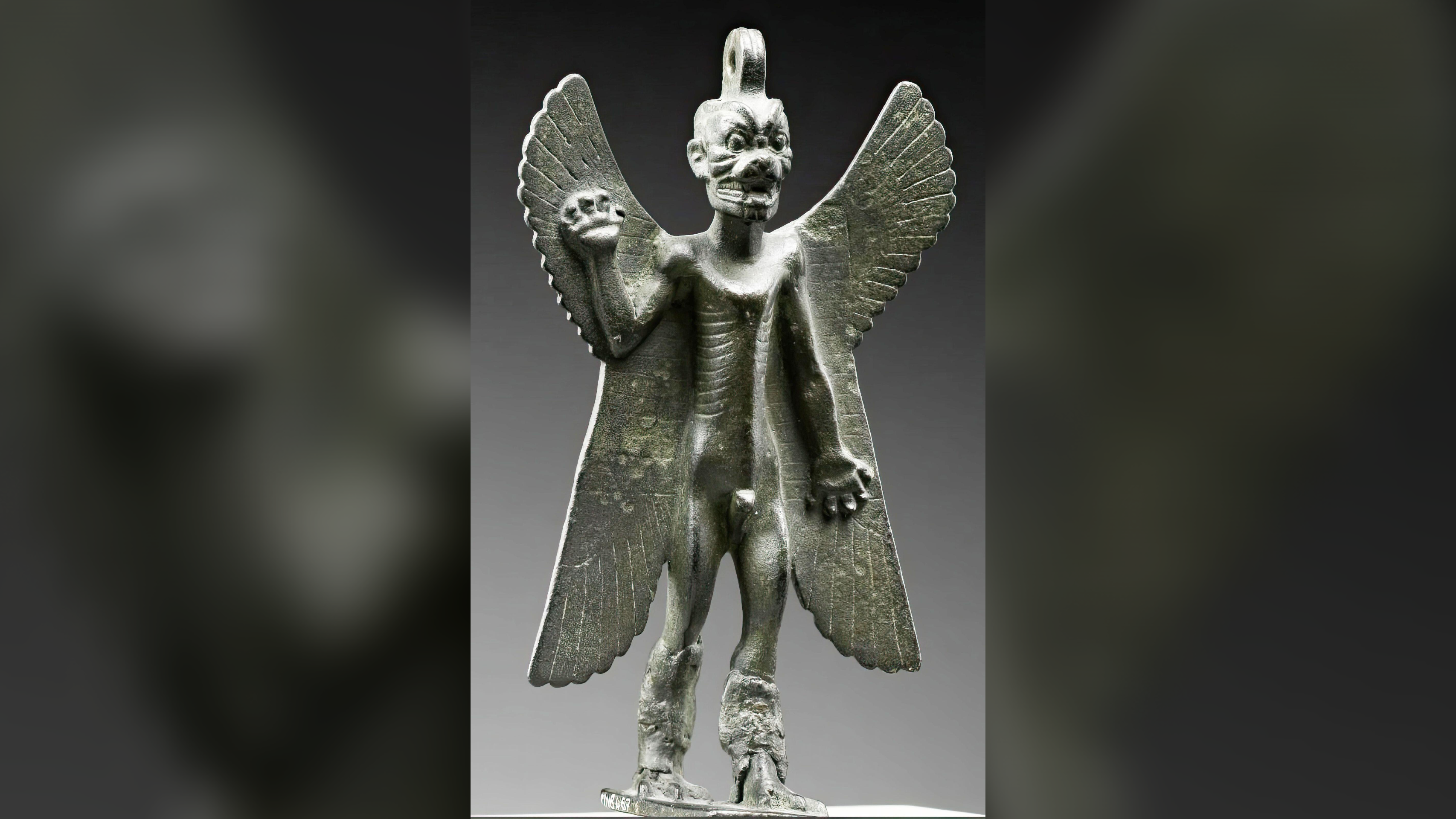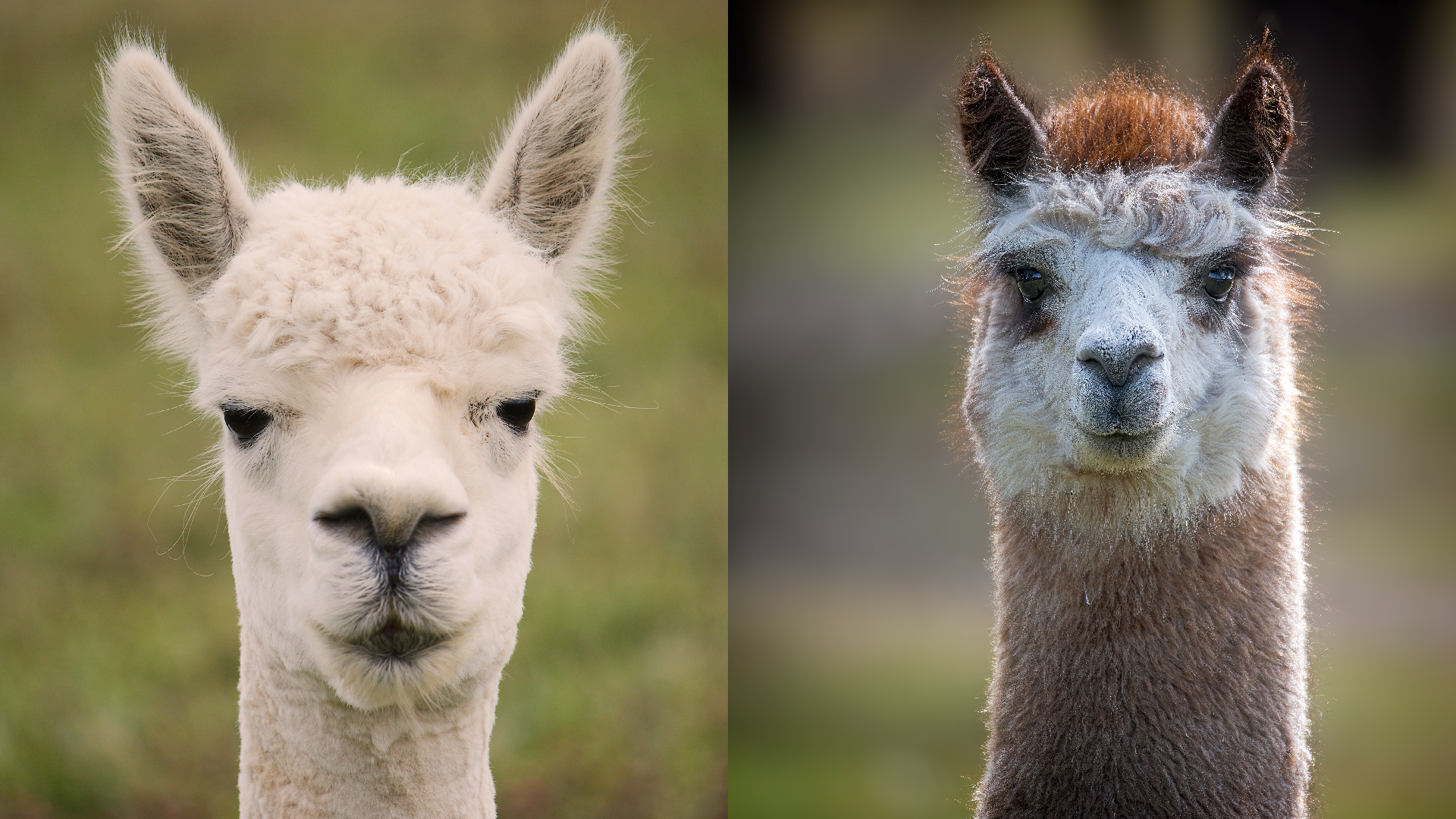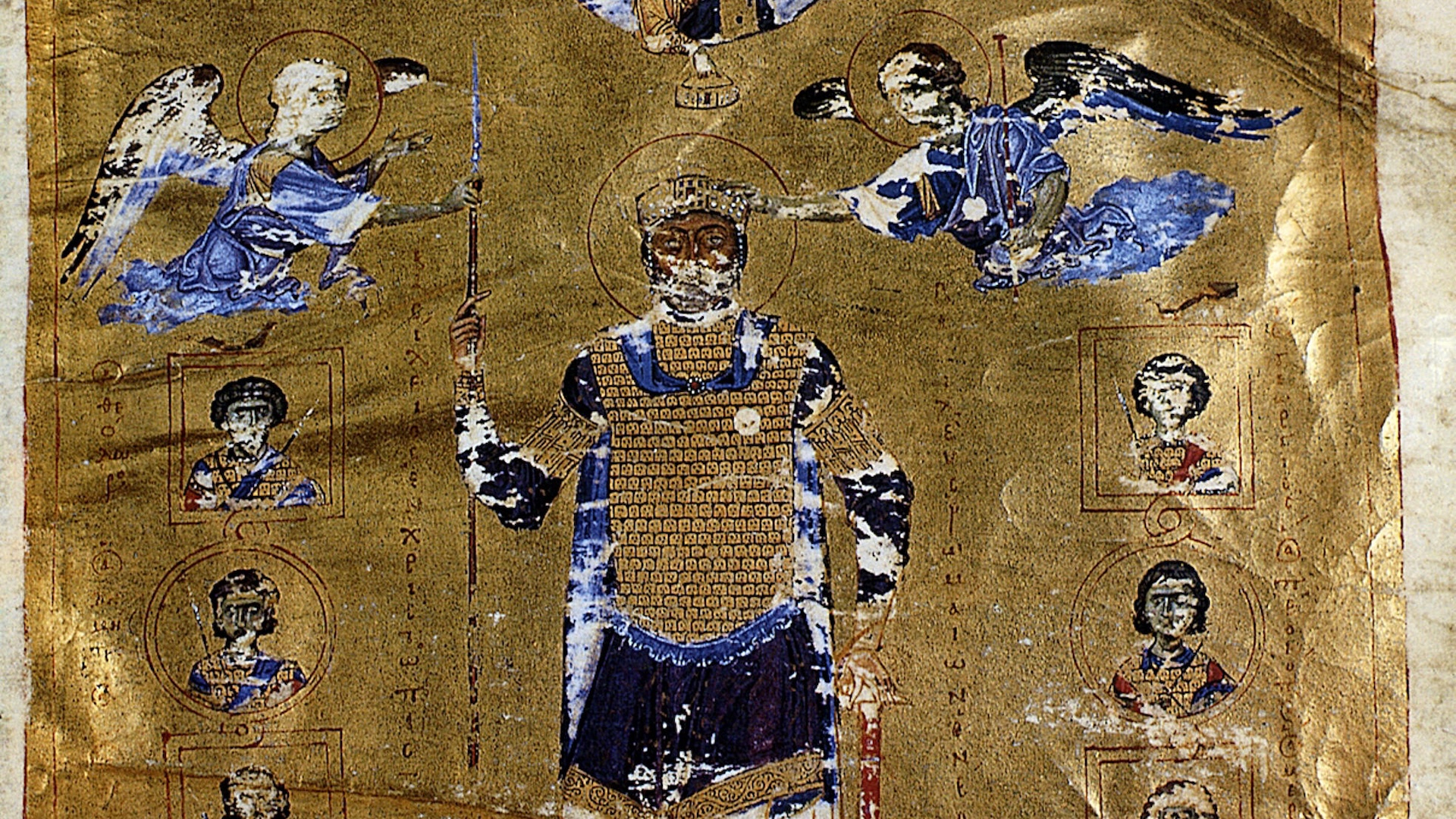QUICK FACTS
Name: Pazuzu statue
What it is: A bronze figurine
Where it is from: The Assyrian Empire
When it was made: The Neo-Assyrian period, circa 900 to 600 B.C.
This small, bronze figurine is the best-known depiction of the Mesopotamian god Pazuzu, who was the inspiration for modern demons featured in “The Exorcist” and “The Simpsons” — but apparently not the basis for the collectible toy Labubu.
On display at the Louvre, the 6-inch-tall (15 centimeters) winged figurine stands on a base with his right arm raised. But on his back is a bone-chilling inscription that likely contributed to the demon’s infamy: “I am Pazuzu, son of Hampa, the king of evil spirits of the air who violently emerges from the mountains raging; it is I.”
In ancient Mesopotamian religion, Pazuzu was a world-wandering wind demon. Although the depictions of him differ, Pazuzu typically has a dog-like face with huge, bulging eyes; an open mouth with sharp teeth; the talons and wings of a bird; the horns of a goat; and a scaly body with serpent-headed genitalia and a scorpion tail.
Ancient texts suggest that Pazuzu was responsible for summoning destructive winds, for bringing about droughts and famine and for introducing disease.
A huge number of Pazuzu figurines made from a variety of materials have been found on archaeological sites over the years, but Pazuzu didn’t enter the modern cultural zeitgeist until half a century ago.
Related: Sabu Disk: A mysterious 5,000-year-old Egyptian stone sculpture that looks like a hubcap
MORE ASTONISHING ARTIFACTS
The Mesopotamian “demon of the southwest wind” inspired a character in William Peter Blatty’s 1971 book “The Exorcist,” where the spirit possesses a little girl. In 2017, a character named Pazuzu showed up on an episode of “The Simpsons,” where the statue possesses the family. And more recently, some people have taken to the internet to speculate that the furry collectible toy Labubu, with its enormous eyes and tiny fangs, is based on Pazuzu.
But Pazuzu has gotten a bit of a bad rap. In spite of his destructive nature, he was also seen as a protector of the domestic realm. His job was to repel other demons from people’s homes, and he looked after pregnant women and mothers.













